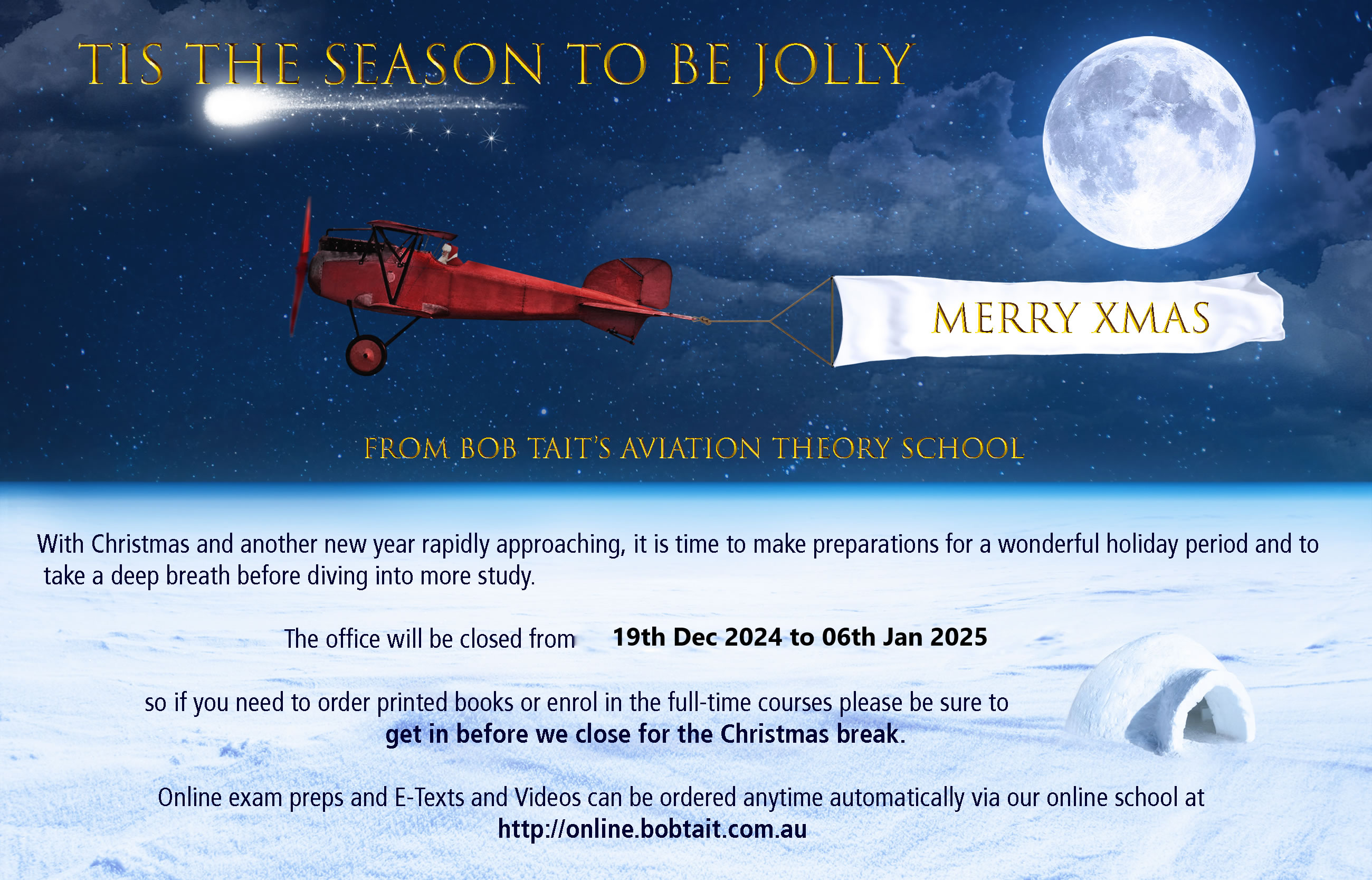Ah .. you appear to have rewritten the question .. probably would have been better to put the second question separately. My original answer was to your first question - as I recall that was something along the lines of "why does TAS increase with altitude ?" or very similar. I'll leave the original answer as it may be of use to others. The answer to the second question follows below the first.
Answer to the first question -
Comes from atmosphere and speed definitions...
First, TAS is related to EAS (for which IAS is good enough for small aircraft) by air density. You can find any number of versions of the following on the net .. home.anadolu.edu.tr/~mcavcar/common/Airspeeds.pdf Looking at the bit on TAS, we can consider TAS to be IAS divided by the square root of sigma which is the ratio of local (at altitude) density to standard sea level density.
As we head up in the atmosphere, density decreases ... density has something to do with how much stuff is above you .. the higher you go, the less stuff and density (and pressure) will decrease. Again, plenty of net references for the variation of density in the standard atmosphere ... such as www.pdas.com/e2.html
As you can see, as you go up in the atmosphere, the value of sigma reduces and becomes a decreasing fraction. If you are maintaining a constant IAS, the reducing value of sigma (less than one) results in an increasing value of TAS.
Answer to the second question -
You are looking to maximise SAR which, for a lightie, is proportional to speed/power - strictly speed/fuel flow, but fuel flow is related to power for lighties. Looking at each of the alternatives given -
(a) sounds like nonsense to me - either option is a long ways from the desired operation - bin it
(b) minimising power/speed sounds good to me even if the question wordiology is a bit strange.
(c) a bit too vague and inconsistent with the question - bin it
(d) this doesn't work - might be useful for other things, but not range - bin it
(e) might get you there quicker but won't get you as far - bin it
Sounds to me like (b) is the way to go.







